
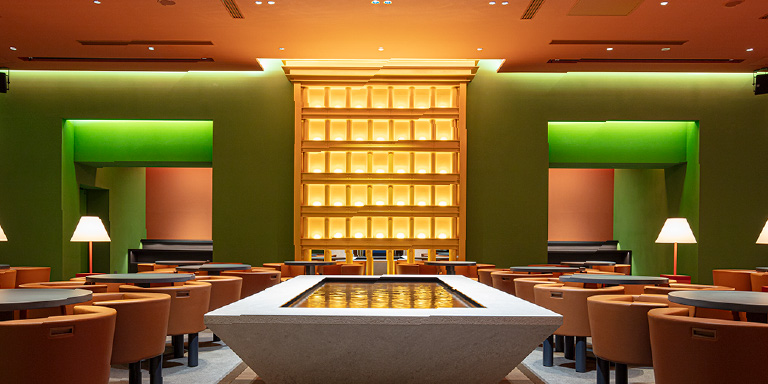 Business
Business
Re-Design ProjectHOTEL IL PALAZZO
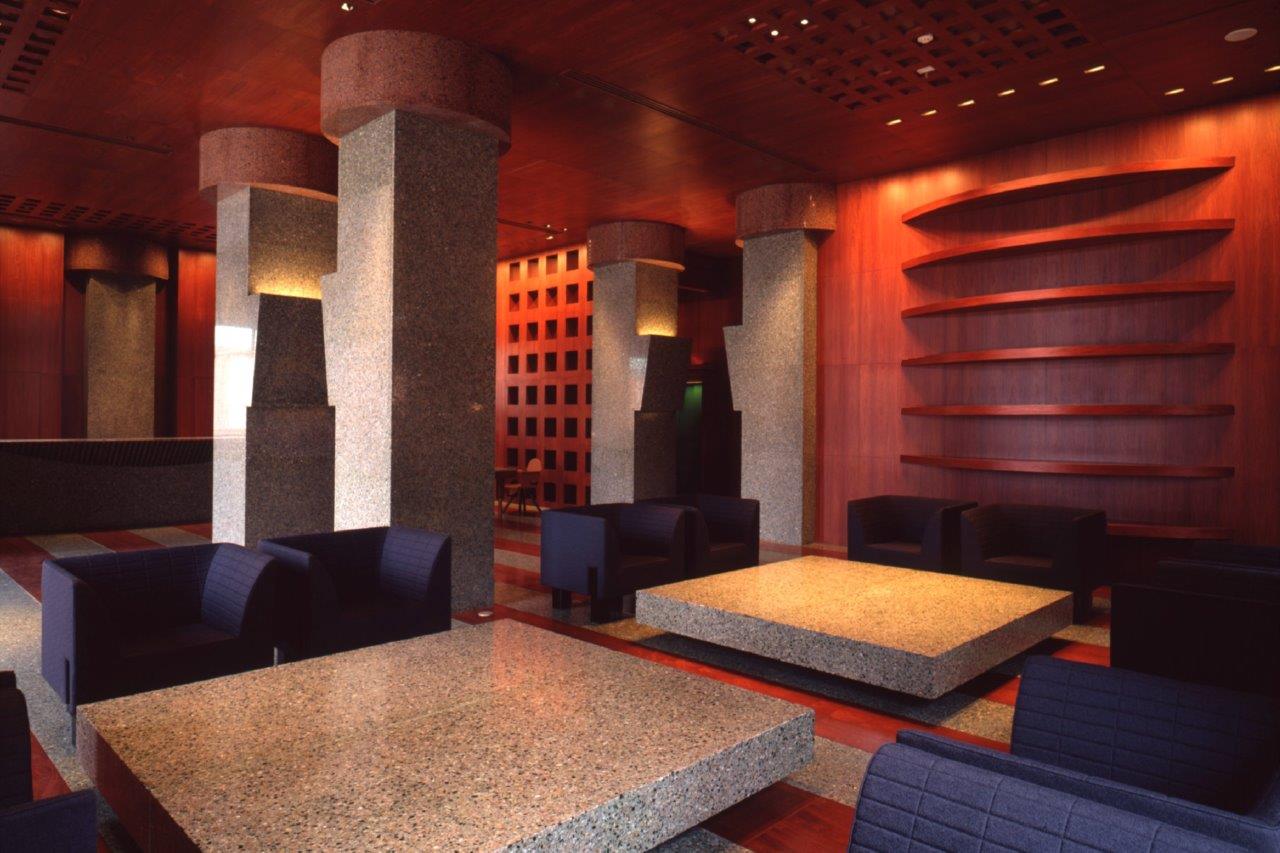 Episode I
Episode I
An Interior Design That Resonates With the Architecture: A Design Synthesis
The hotel was named Hotel Il Palazzo most likely between late 1987 and spring of 1988.
The art director, Shigeru Uchida frequently said that details will naturally follow once the project’s name and logo are decided. However, it is thought that the hotel’s name was decided after the architecture, to build on Aldo Rossi’s architectural vision.
“Palazzo” means palace in Italian.
The hotel was envisioned to be a peaceful place amidst a busy city.
Incorporating Italian elements into the hotel’s vision was not the initial intent, but it was natural and clear to everyone once Rossi’s architecture and the hotel name were decided.
Logo Design by Ikko Tanaka
Japanese graphic design was recognized for its world-class expression and high quality after the 1964 Tokyo Olympics. The hotel’s logo would be designed by renowned designer, Ikko Tanaka.
Shinzo Higurashi became the copyrighter and created the taglines “A hotel where you can’t sleep” and “Seeing Italy across the river.”
Ultimately, Tanaka became in charge of all of the hotel’s graphic design, including brochures, postcards, menus, room keys, amenities, and stationary, and even the accommodation terms and conditions and the building itself.
The simplistic design, unwavering logo and the striking green color stands the test of time.
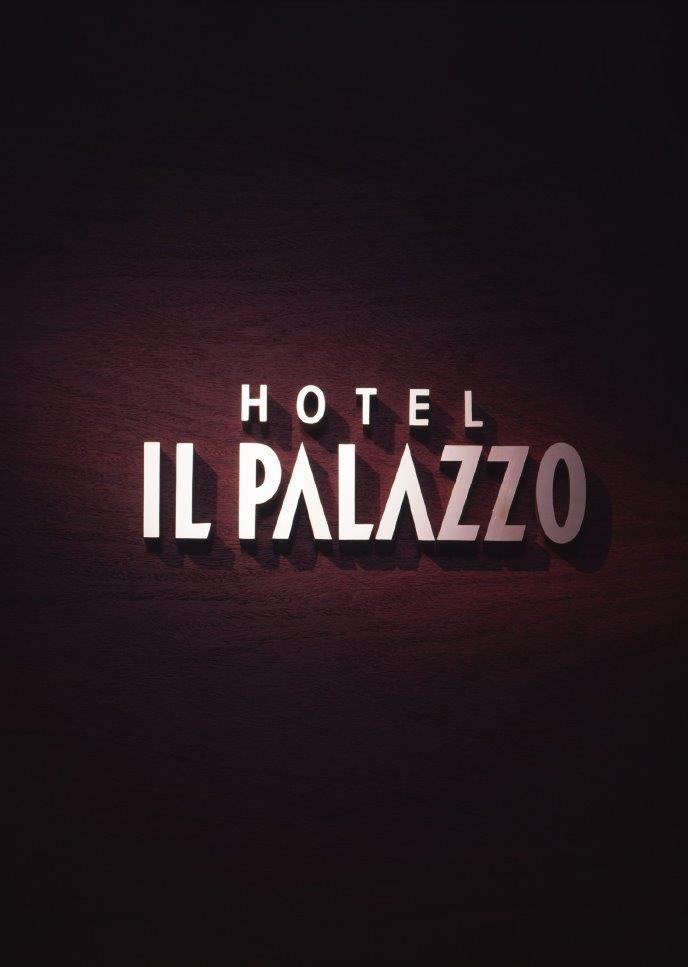
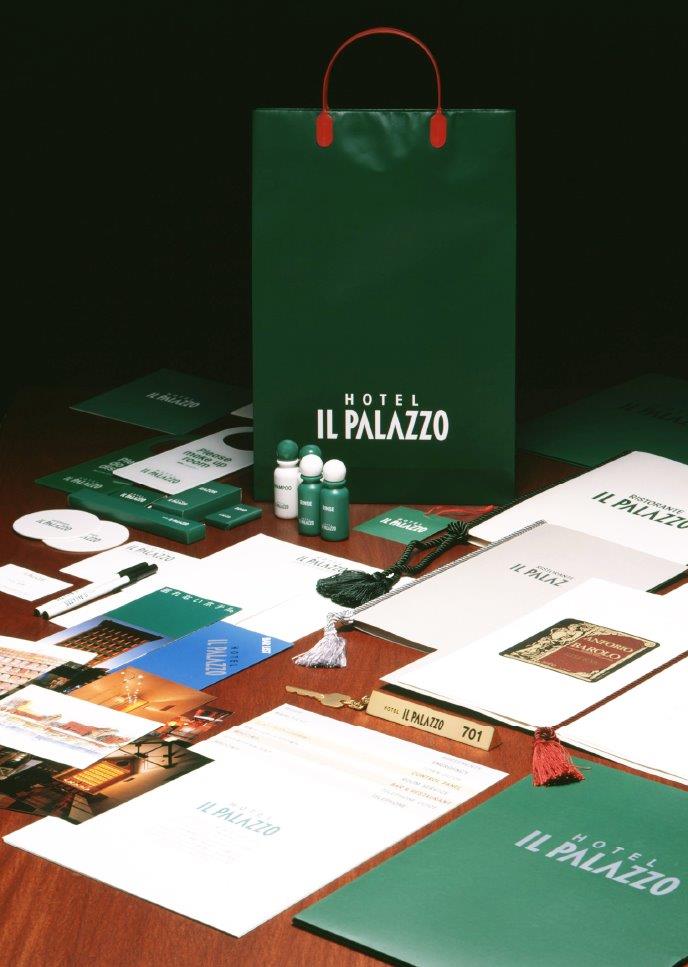
A Design Synthesis
At Hotel Il Palazzo, everything that could be designed was to be designed.
Uchida and Tanaka even designed objects that would normally be purchased ready-made.
Uchida has said that there are only a handful of people leading every field, and the essence of art direction is to wholeheartedly trust the people you work with. The hotel entrusted the best of the best for customer service at the bar and food and alcohol coordination, striving for perfection on the service front too. As a result, Uchida’s design synthesis is borne.
BARNA CROSSING, a Cultural Hub
BARNA CROSSING was a new type of disco club touted as Kyushu’s largest disco club.
Although the club once generated a lot of buzz, it was the only space that Uchida was not involved in designing.
The space that was different from the rest of the hotel and was perhaps destined to disappear over time.
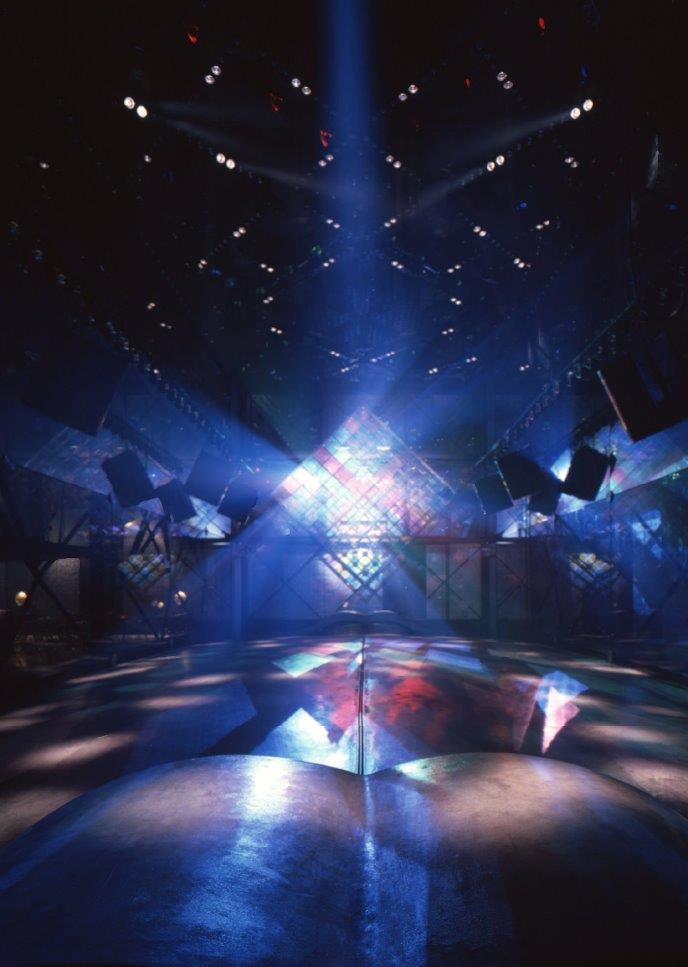
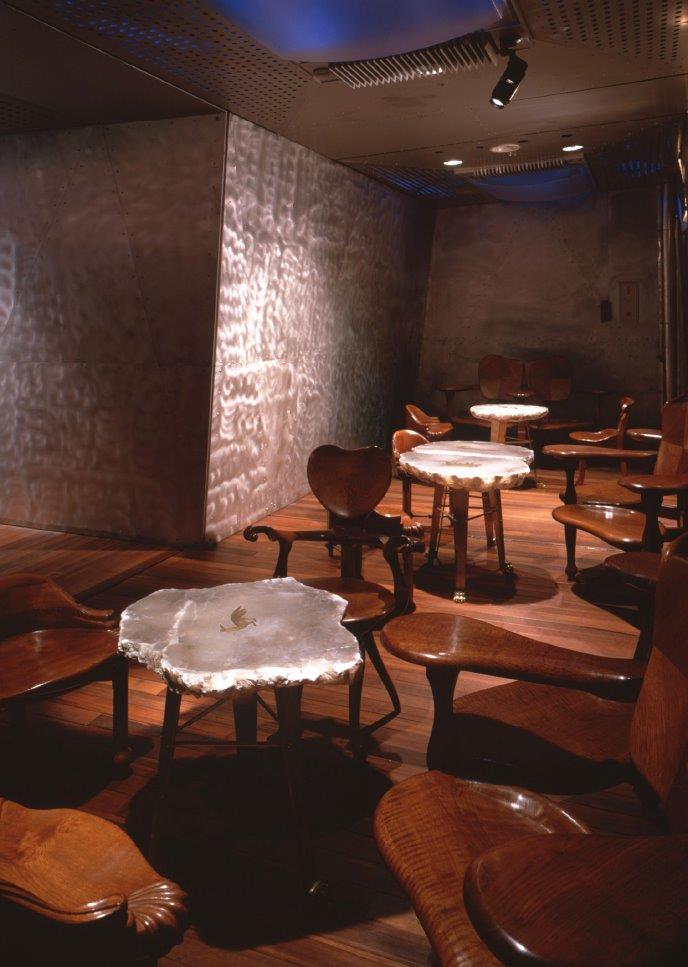
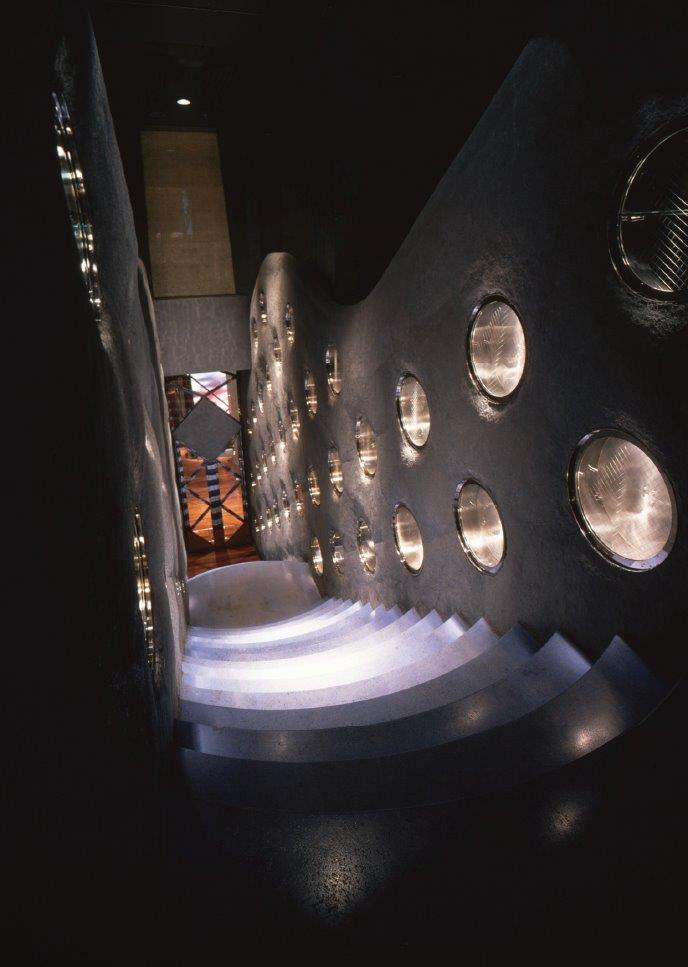
Pushing Creative Boundaries via the Idea of Four Bars
The four spaces in the separate building facing the road are the same size and shape.
Rossi wanted to create a space that reminds us of vernacular alleys found in the world’s oldest cities. The initial plan was to use the space for restaurants, but Uchida sought an idea truly unique to the hotel by pushing creative boundaries. His answer was to create four bars.
The idea was to have each bar designed by different designers. Ettore Sottsass, Gaetano Pesce, and Shiro Kuramata were the prospective candidates. The fourth was originally a renowned Italian designer, but Rosso convinced Uchida to instead let him design a Japanese sake bar, after saying he was the Italian that has drank the most Japanese sake in the world.
For Uchida, the final piece of the hotel left to be designed was the four bars.
The hotel’s architecture, interior, lighting, graphics, costumes, food, and services had come together, and radicalism was chosen as the design concept for the remaining four spaces.
Although there were only eight months left until the hotel’s opening, the three designers agreed to design their respective spaces. The scheduling was tight, but each bar was completed in time for the opening without compromising on quality.
The completed spaces were breathtaking. Each space was unique and named by each designer. The logos of the four bars were designed by Kijuro Yahagi.
ZIBIBBO
Ettore Sottsass
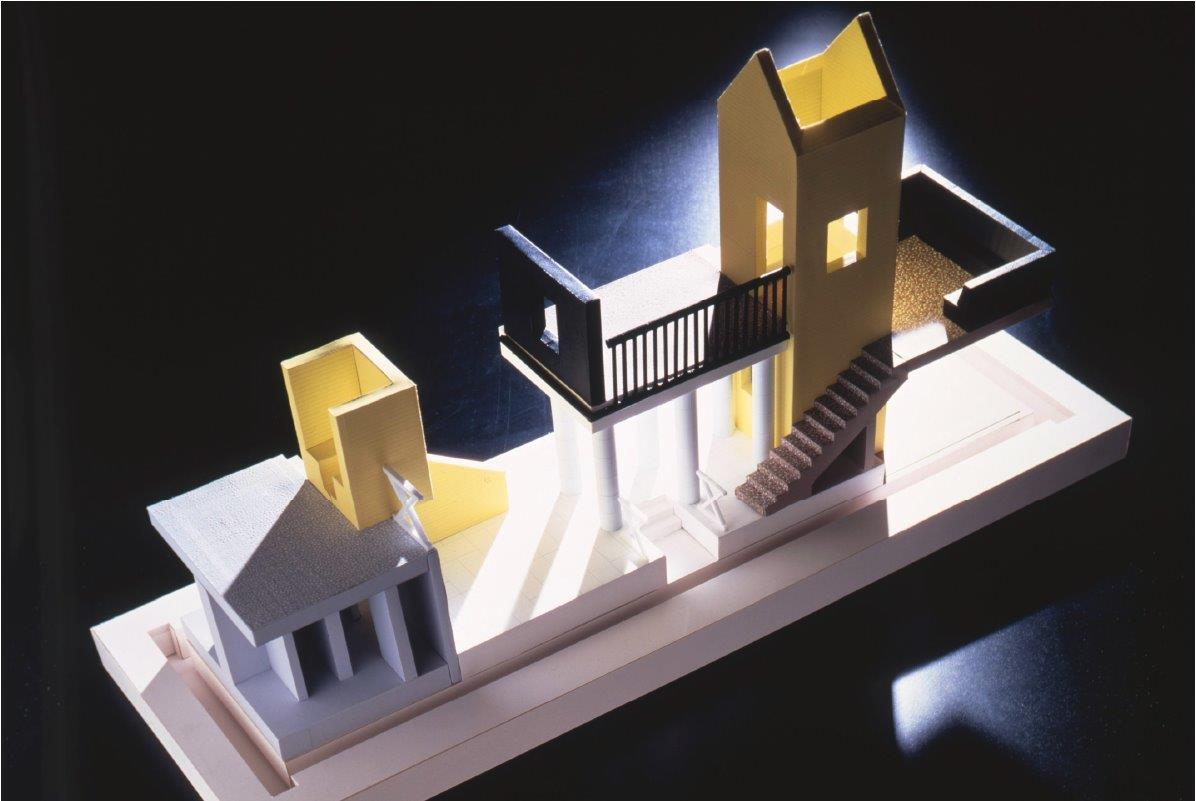
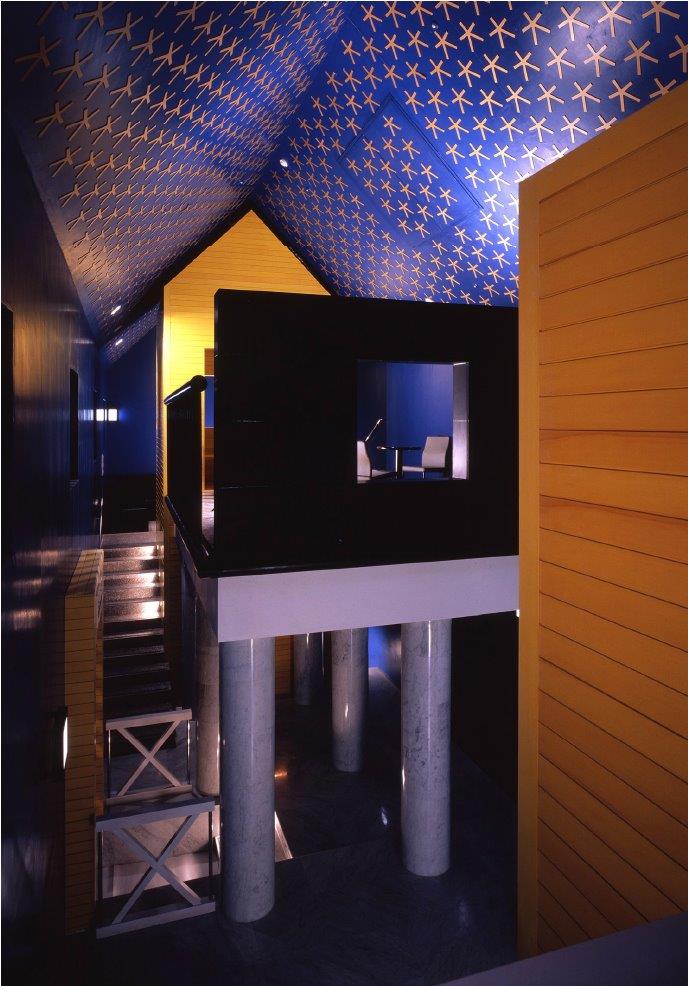
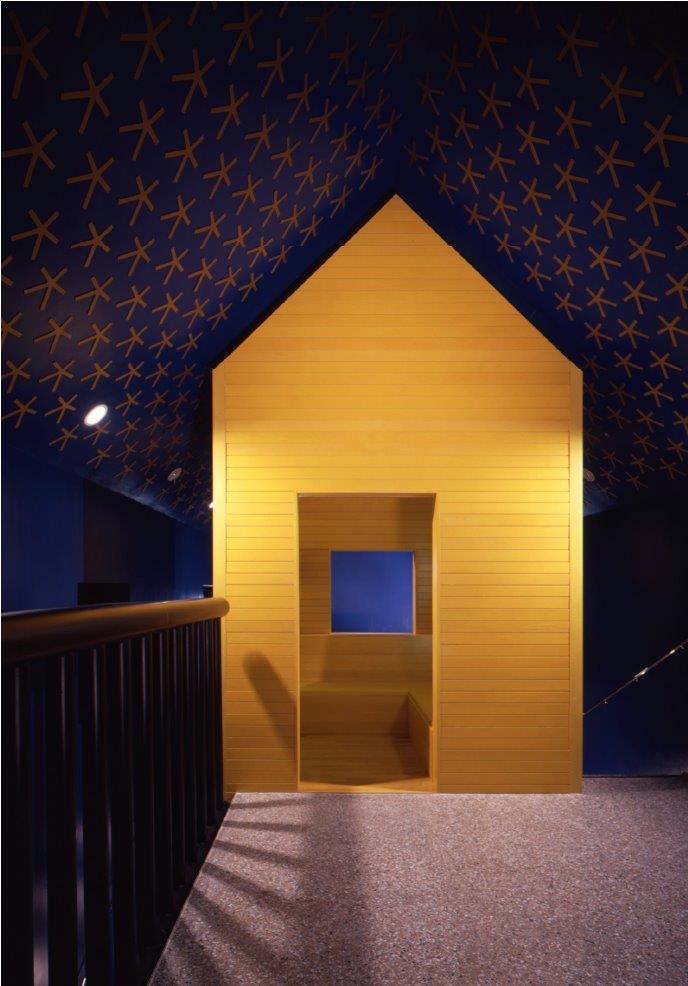
EL LISTON
Gaetano Pesce
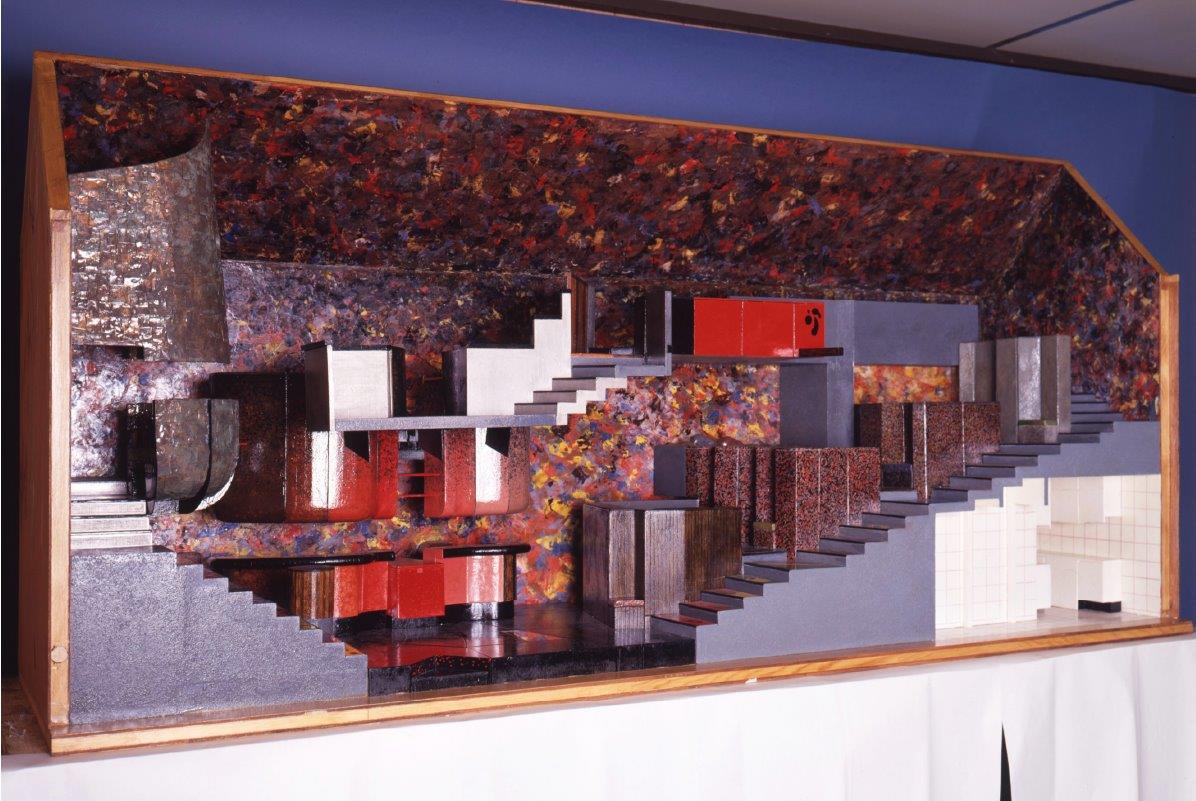
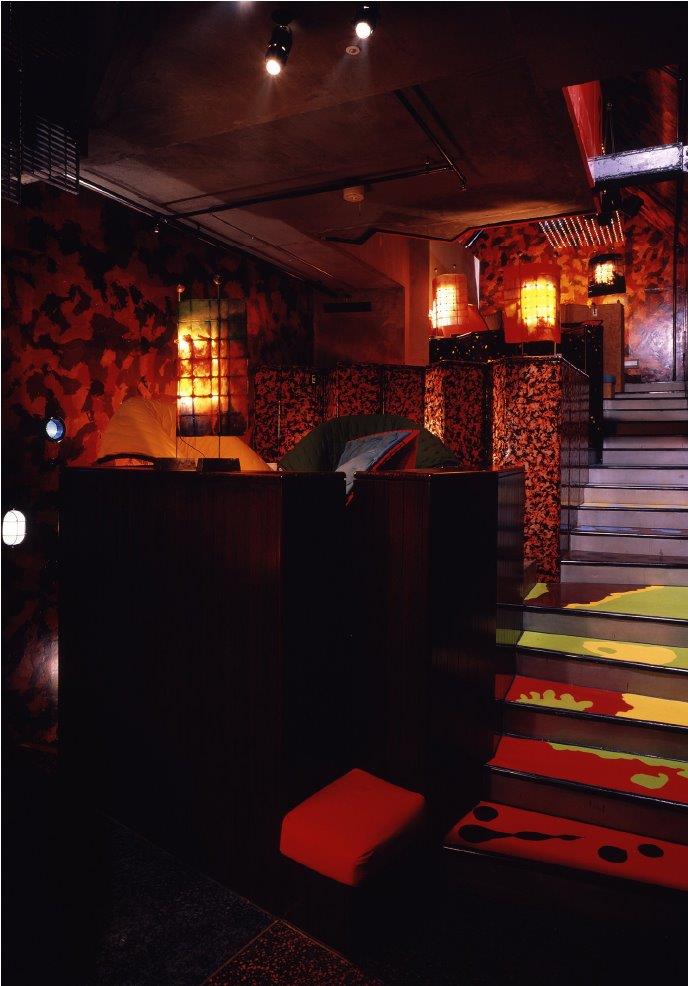
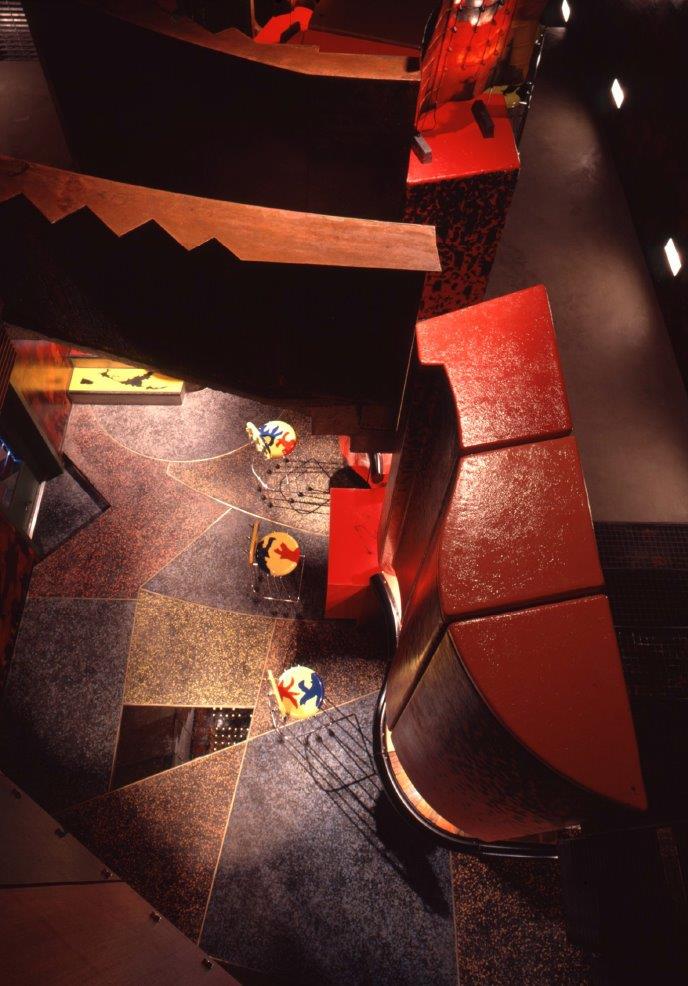
OBROMOBA
Shiro Kuramata
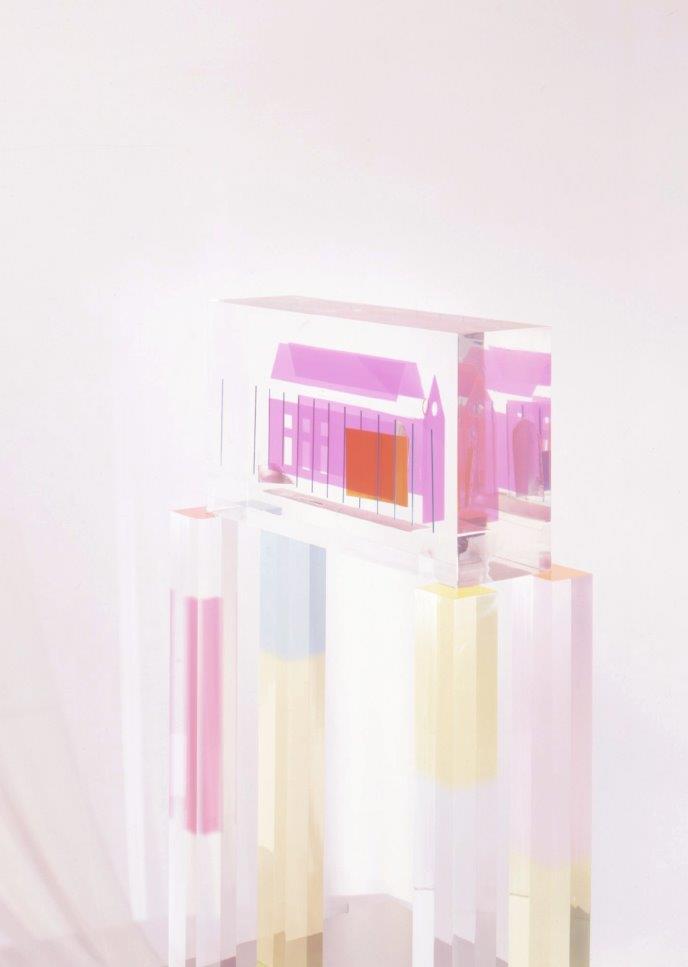
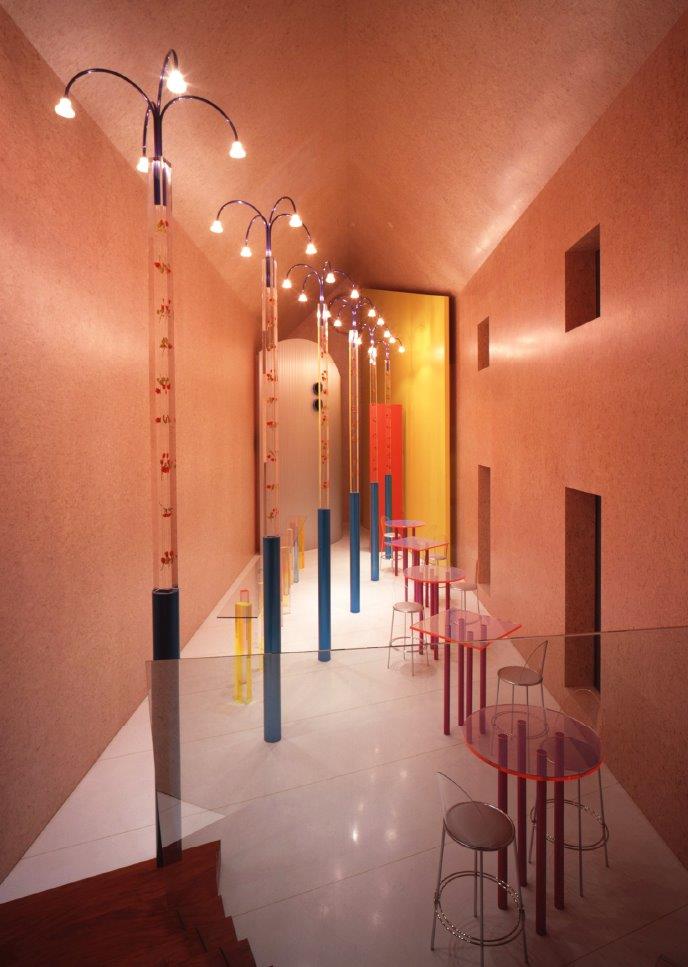
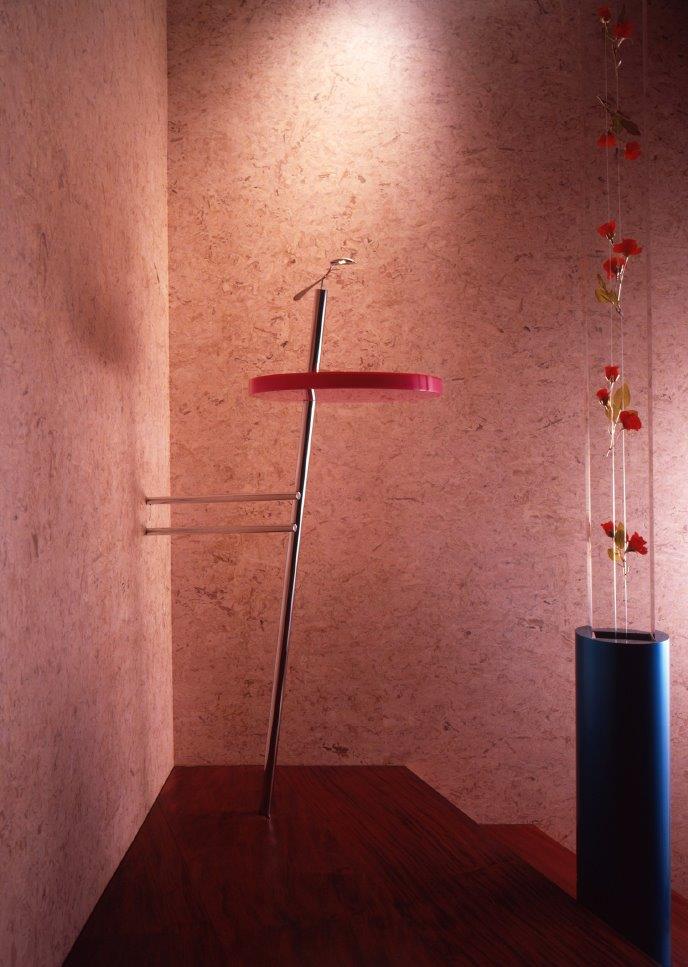
EL DORADO
Aldo Rossi
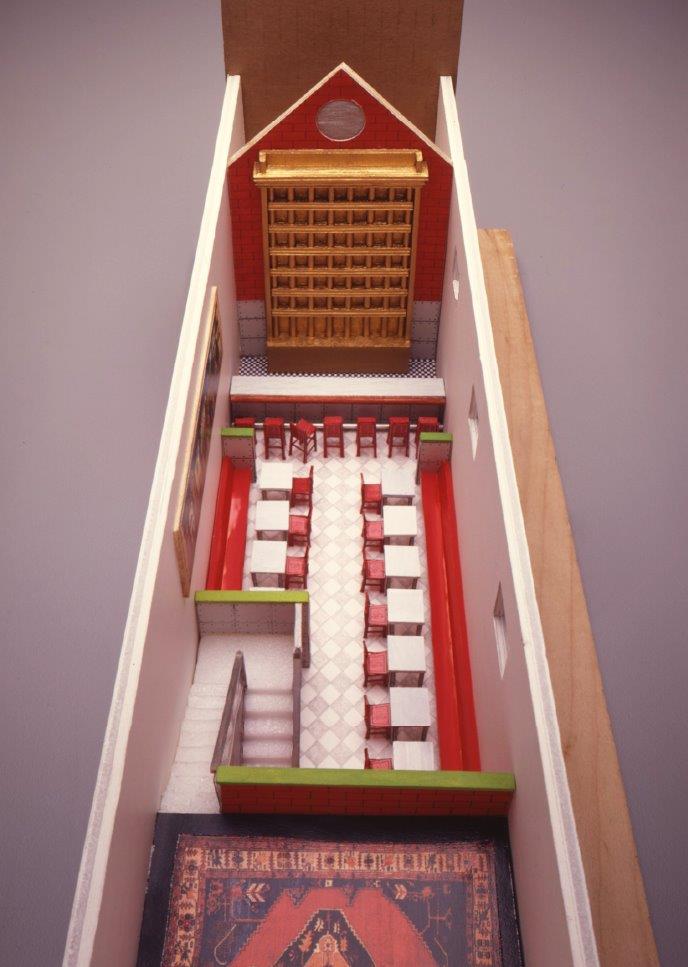
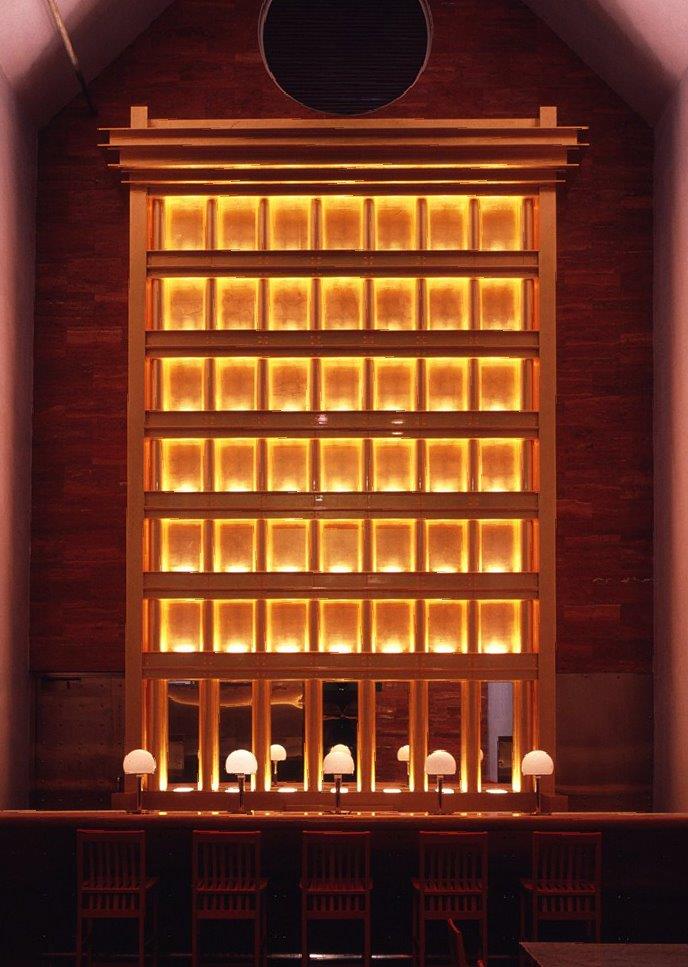
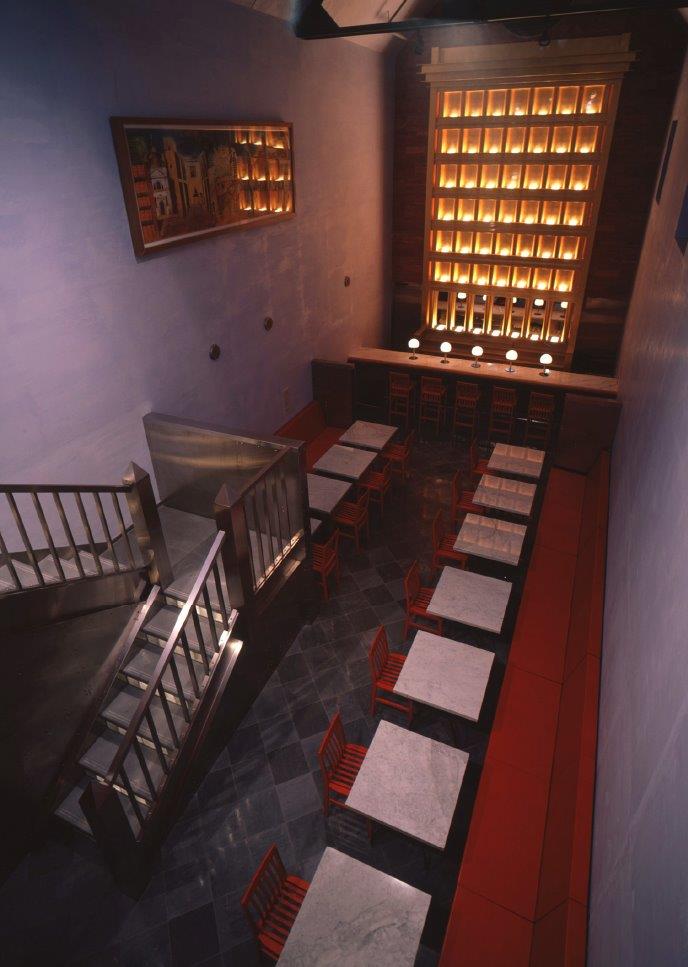
(Information provided by Kiyoshi Hasebe, Head of Uchida Design Institute)
(Photos provided by Nacása & Partners Inc.)
